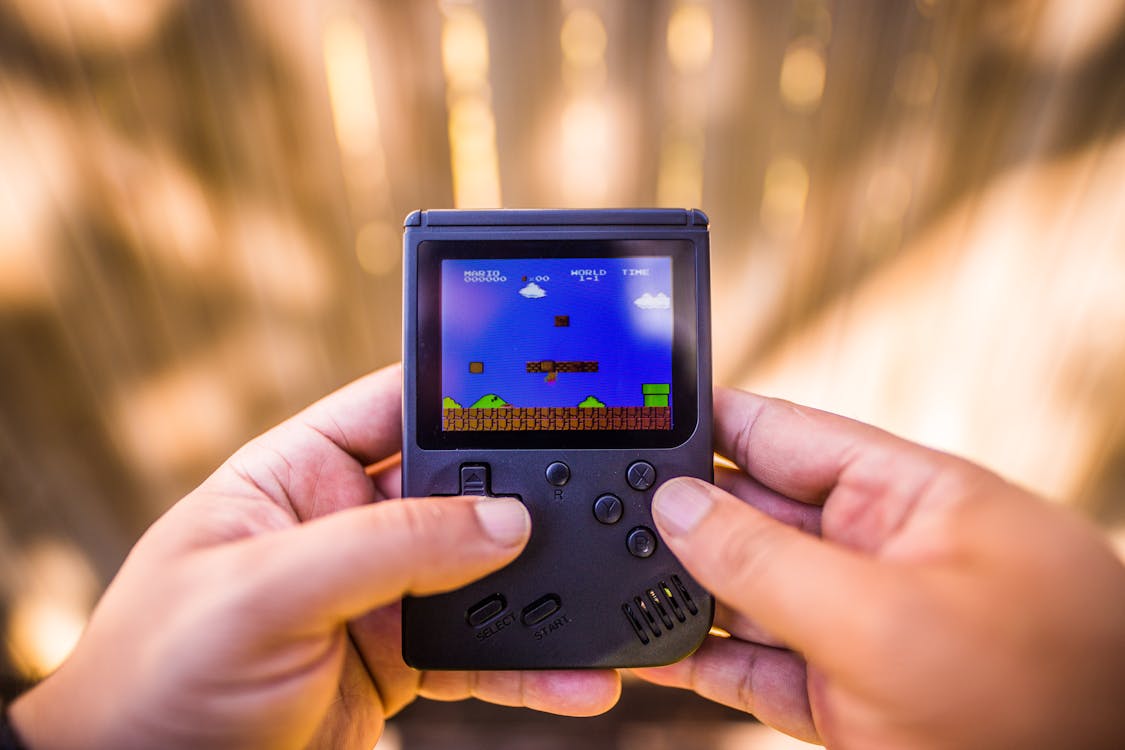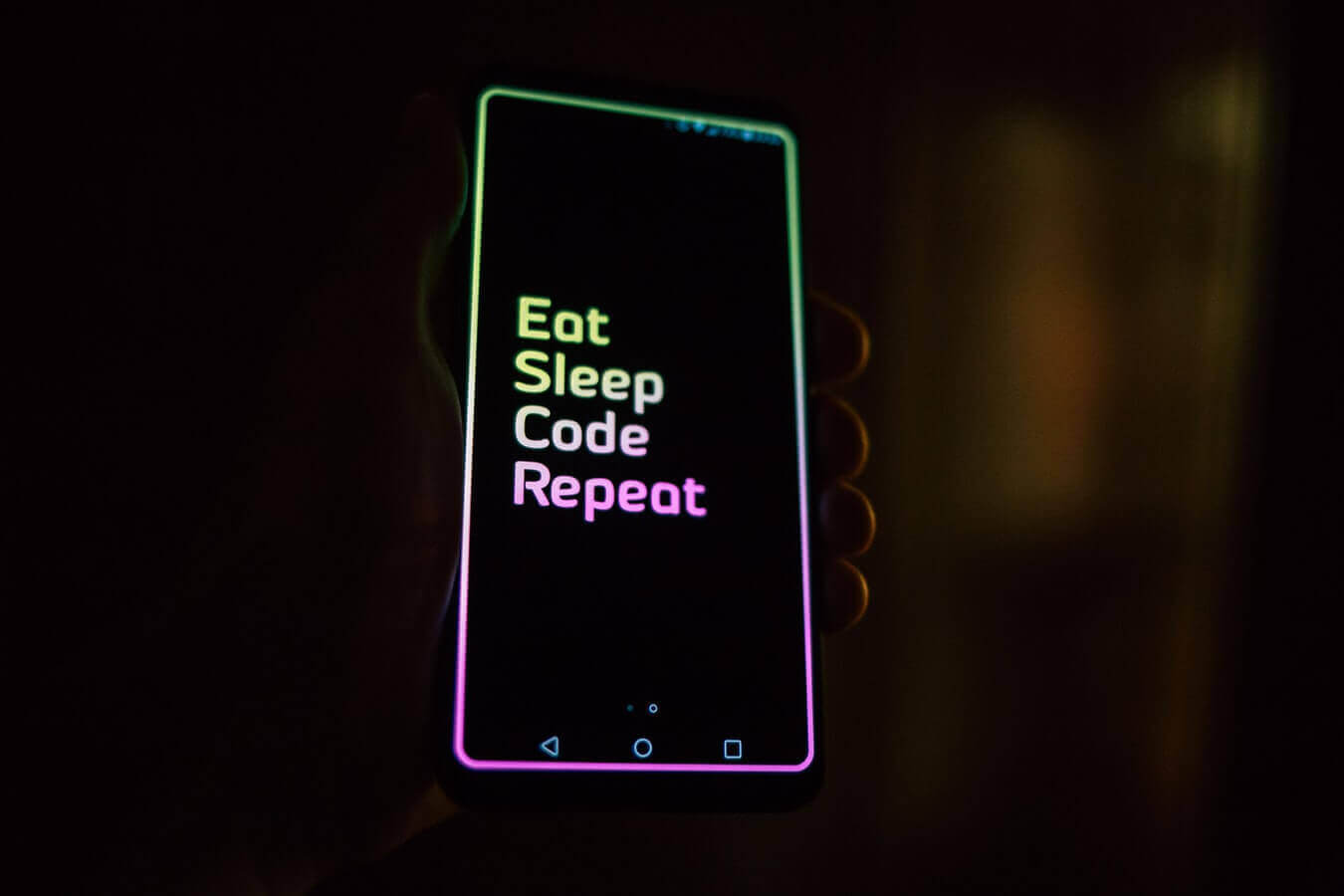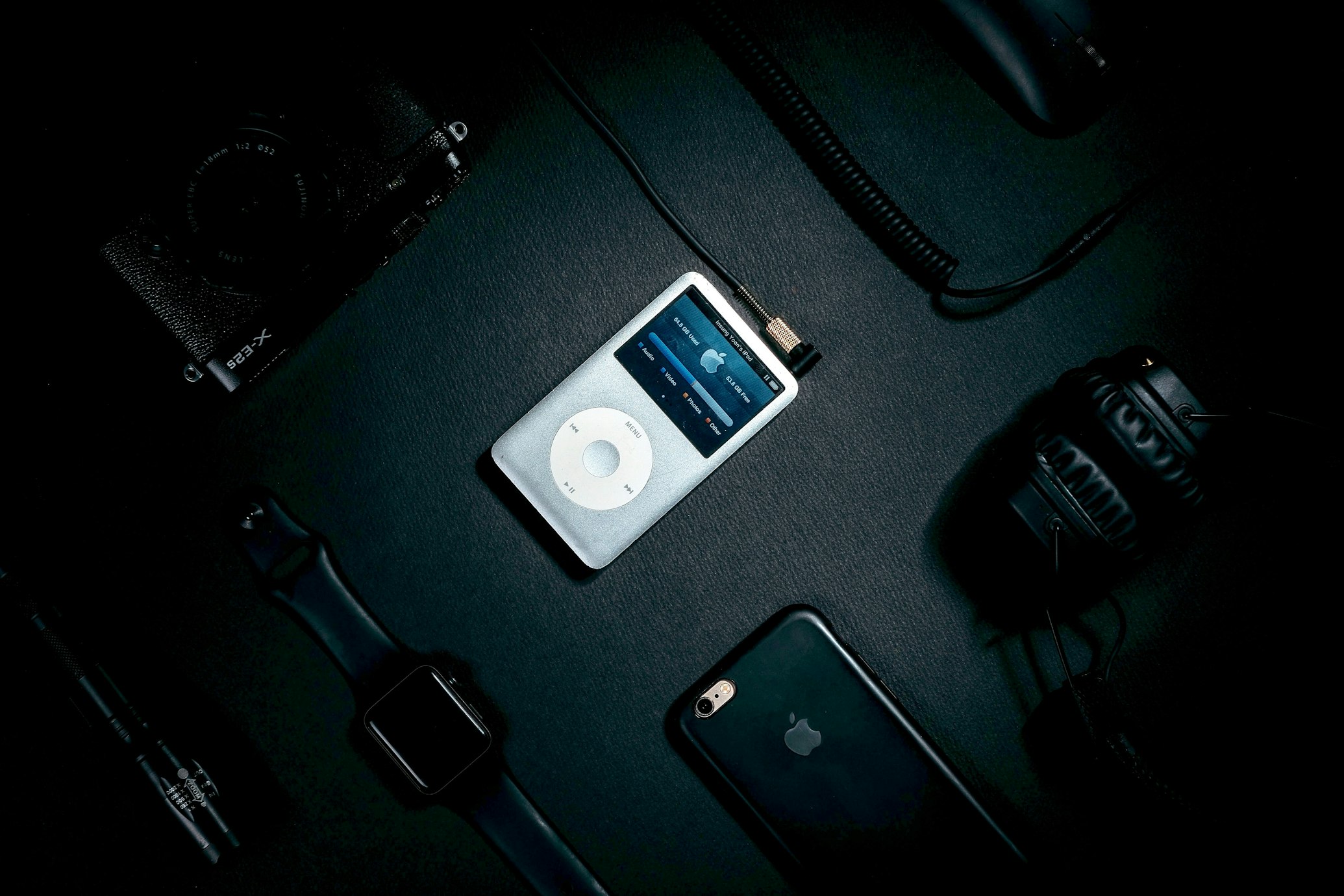How to keep track of the games you actually want to play

After recently picking back up the hobby of video gaming and retro gaming, I needed a way to keep on track with the limited time I have available.
Unfortunately I don't have unlimited time to enjoy every game I want to, and believe me there are lots! Since acquiring an Odin 2 Pro which has been such a great device for me as a portable/retro gaming powerhouse, this has opened up my library to many consoles and potentially thousands of retro games. I didn't want gaming to be a chore or having to assemble some kind of backlog - that doesn't sound fun at all.
So the task was to answer these questions...
Our goal
- How to find the games I'm interested in playing
- How to manage games in progress
- How to stay motivated and keep it fun not like a tick list
- Avoid the misery that comes with the paradox of choice and FOMO
- Accept that we cannot play every single game there is
- But also accept there is a lot of joy to be had by playing some of them
The mindset to this is you are like the visitor to a library, not the librarian. You want to spend more time playing games with your limited time than searching, selecting and recording them.
To do that we will keep it very simple, creating a straightforward process to find, keep track of, and most importantly play the games you actually want to.
Finding games
In searching for games there are numerous avenues I take:
- Browsing the Microsoft store on Xbox Series X
- Looking at titles you like and related games to those - then adding to the wishlist to avoid any impulse buys
- Search Reddit for top 10 lists and pick only the ones you really like the sound of - this is especially useful for retro consoles
- Browsing the Daijishō app on the Odin 2 Pro - I use this app to catalogue my retro games collection
We want this search to be a timed exercise so spend 10 - 30 minutes browsing these places and generally getting a feel for if a game is looking like one you really want to play. Then we can move on to...
Keeping track of games
Nothing complicated about the system I'm using, the power is in it's simplicity. I keep a note on my phone using Google Keep, with the following headings:
- Main
- Side
- Play anytime
- Next up
- To revisit
There are apps like Stash but a simple note works well and naturally limits the amounts added. You could also use a Trello board if you prefer like in this video but that could become overwhelming. Here is what my list looks like currently...
Main:
Diablo 4 💀
Sheep Dog and Wolf PS1 🐑 🐺
Side:
Wario Land 4 GBA 🍄
Pokémon Fire Red GBA 🐦🔥
Play anytime:
Dead Cells ⚔️
Insurgency Sandstorm 🪖
Marble It Up Ultra 🔮
Next up:
Balders Gate 3 👿
Luigi's Mansion GC 👻
Resident Evil 3/4 🧟♂️
Control 🏢
Hellblade 🗡️
Dark Souls 💀
Top games to revisit:
Witcher 3 🧙♀️
Red Dead Redemption 2 🤠
Skyrim 🐉
Wolfenstein NO/NC 🪖
Metro 🚇
It's fairly short, simple and keeps me focused and enjoying the games I picked.
But what do each of these headings mean? What kinds of games would I include on each of them? Here is a breakdown for each heading below 👇 All of the game examples are my own views, your games in each heading may differ.
Main = Games that you have to sit down, concentrate, follow the story and immerse yourself in. They may require multiple hour sessions to get the most out of them. They may be 100+ hours in total Witcher 3, Baldurs Gate 3. No more than 2 probably only 1.
Side = Games that can be story driven but can be laid back too. You can play these while doing something else. You can kinda relax to these games too. Pokémon Fire Red, Stardew Valley. The Odin 2 Pro I recently purchased has really helped me to expand the side games I can explore whenever and wherever I feel like a session - it's a portable/retro gaming powerhouse. No more than 3 depending on complexity.
Play anytime = Games that have great replayability but borderline addictive in some cases. These are pick up and play games mostly but they can still require lots of skill. You can play them in 10-30 minutes. They have a great feedback loop for instant gratification. I kinda want to limit these games to an extent because the dopamine rush is heavy. Insurgency Sandstorm, Dead Cells. No more than 5 but can go higher if you're ok with it.
Next up: Games you've selected as your next to play. Once you feel you've gotten as much as you need out of your main or side games, these can take thier place. No more than 10 and only pick the one you feel most drawn to playing next, then move it main or side.
The most important rule for these headings is to stay within the number limits. We want to limit our choice to avoid that paradox of choice and any overwhelming feelings or disatisfaction.
The aim is play and enjoy games, so avoiding FOMO is crucial. You selected the games to add to your next up, so it reduces your choice, but you know that they were the ones you chose and were looking forward to!
Playing the games
You probably don't need to many tips on this one, but there are some solid pieces of advice to keep in mind. Now that you have a simple system of identifying the games you really want to play and you're actually playing them, you just have to remember that to combat FOMO - that right now there is nothing better out there than this game you chose. So play it like it's the last game in the world and enjoy it.
We live in a strange time of maximum availability and digital downloads unlike cartridges or disks which somewhat restricted the feeling that everything is available always. The paradox of choice as a concept suggests that too many options aren't good for us psychologically. We can become overwhelmed with options leading to decision-making and commitment difficulty, reduced satisfaction, increased anxiety, and a decrease in wellbeing and happiness.
- Don't read too many reviews on a game... judge it yourself
- Keep a note of what you were doing so you can pick it back it easily
- Try to save the game in a location that makes it clear what you were doing when you pick up again
- Give the game a chance - some games take a while to show their true potential
- If it works for you, pretend you're playing the game on a PS1 pre-internet, that's what I'm doing with Sheep Dog 'n' Wolf and it's a really fun game with some difficult puzzles
So what happens if you start a game and it's not as good as you expected? Well, keep going, some games do get better in their later stages, but if it's really not for you then drop it. No harm in accepting if wasn't the right pick for you. Just don't get trapped into dropping things too quick, pretend you rented it from Blockbuster 😂 you may as well try it a little longer see if it gets better.
Conclusion
These steps of how to identify, track and play games should help you combat FOMO, keep it simple, and ultimately increase your enjoyment of playing games again.
I hope you have a great time finding and playing new or old games, enjoying the experience and feeling like you're on top of your library - or not and just going with the flow, enjoying one game at a time.
Thanks for reading 👍 If you enjoyed this article you might also like these articles:



